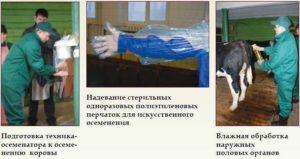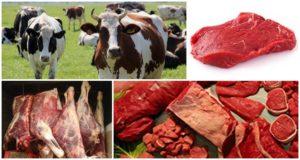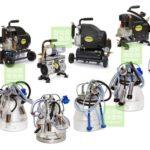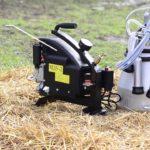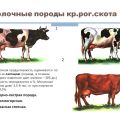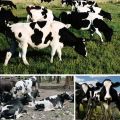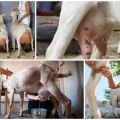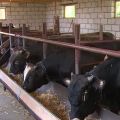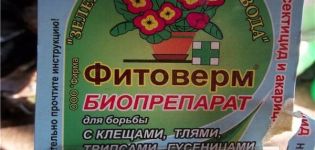Top-5 models of milking machines, principle and operating instructions MDU-3
Milking machines make life easier for small farms. Milking three times a day requires a lot of effort. The presence of a special installation will allow the process to be carried out simultaneously with several animals in the shortest possible time. There is a wide range of milking machines on the market, but MDU-3 is in demand. These devices are characterized by excellent performance parameters.
What is a milking machine for?
The milking machine is a failure, a specialized device that can speed up and simplify the process. Due to its design features, it will provide simultaneous service for several animals.
The advantage of the system is to protect the mammary glands from infection and dust. The milk immediately goes into a special tank protected from dirt. Such equipment is useful for farmers and private households with a small number of cows. Its application will significantly speed up milking, make milk collection safe, and refuse additional physical exertion.
Description of milking machines MDU
The devices are designed for active use in private subsidiary plots, on farms with a small number of animals. They are characterized by compact dimensions and equipped with wheels for easy transportation. Using such units, the farmer organizes milking cows and goats three times a day without attracting additional labor. MDUs are available in several variations. Each model has pros and cons, unique technical parameters and design features.
Model MDU-2A
One of the most popular mobile milking machines for milking up to 6 cows. Due to the presence of a vacuum hose, the process is carried out at a distance of up to 10 m from the animals.
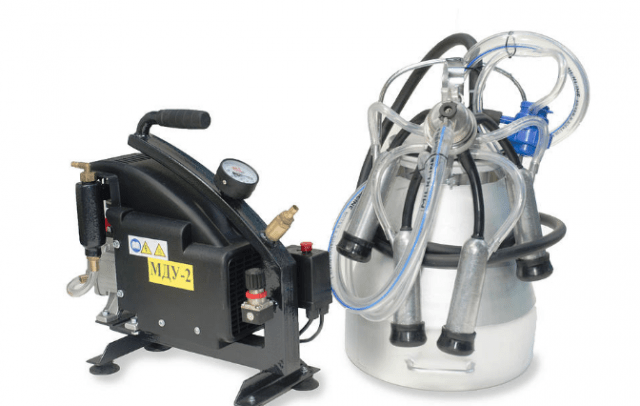
The device belongs to the group of devices with a closed lubrication cycle. He consumes from 0.4 to 1 liter of oil per year, depending on the intensity of work. Automotive synthetic and semi-synthetic oils are suitable as a lubricant.
MDU-3B
The model is characterized by excellent performance parameters (service life - more than 10 years). Designed for milking up to 10 cows, delivered assembled, its weight is 17.5 kilograms.

MDU-5
One of the economical MDU models. It is characterized by low productivity, dry working principle. Designed for private households and small farms with up to 3 cows.

MDU-7
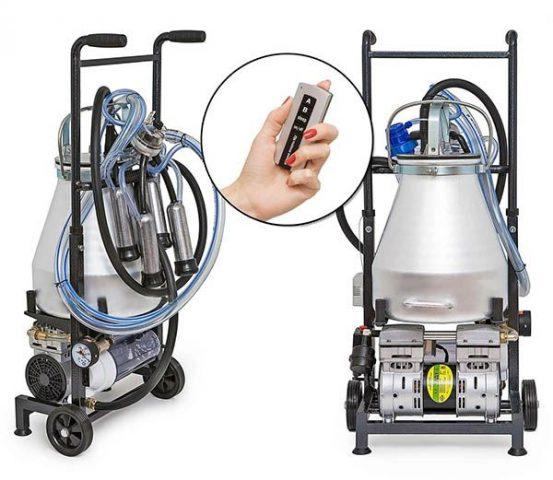
The model is designed for milking no more than 3 cows.
The model is characterized by the following key parameters:
- receiver for 2 liters;
- 2 ventilation systems for operational cooling of the unit;
- maximum performance level - 180 liters per minute;
- engine protection valve from liquid.
With proper use and care, the device can work up to 10 years without repair.
MDU-8
The MDU-8 device practically does not differ from the MDU-7 model. The main technical parameters are identical, the only difference is the additional equipment.
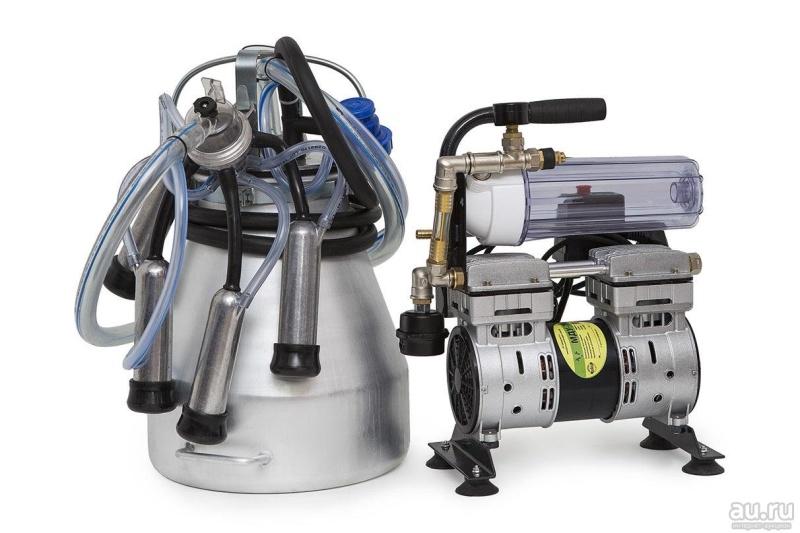
Device selection rules
There are several factors to consider when planning to purchase a milking machine:
- number of goals;
- distance between animal stalls;
- equipment power;
- performance.
In order for the unit to be used to the maximum, it is selected depending on the number of animals.Up to 10 cows are connected to one device simultaneously, which significantly speeds up the milk collection process.
What is the cost of the devices
The pricing policy for MDU milking machines is influenced by the internal regulations of equipment suppliers. Despite the differences in design, productivity and number of animals, the cost of the devices is practically the same.
If we analyze the popular resources involved in the implementation of milking systems, on average, a high-tech MDU machine will cost the buyer 23-28 thousand rubles.
How to milk a cow with a milking machine
Automatic milking systems should be used on animals that are accustomed to them from an early age. To do this, it is necessary to periodically turn on the unit so that the animals get used to its presence, react normally to a small background noise.
The milking process, according to the instructions, begins with the preparation of the cow. The animal must be in a calm state. Next, the udder is wiped, examined for damage. After that, the valves of the milking system are connected to it.
